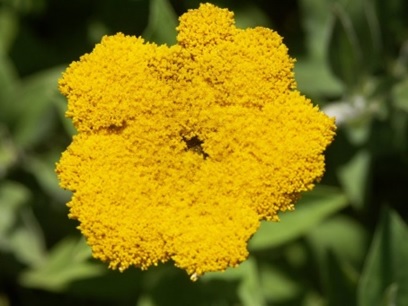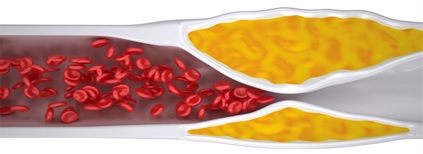Cannabis and Prostate Cancer

Cannabis and Prostate Cancer
While it has been shown that cannabinoids have effects on the migration, angiogenesis (generation of novel blood vessels) and apoptosis (programmed cell death) of cancer cells in vitro, it has also been observed that each cancer type may respond differently to treatment with exogenous cannabinoids (cannabinoids other than those produced by our body). Such differential behavior may be due to the different concentration of CB1 and CB2 cannabinoid receptors that are present in different types of tumor cells and tissues.
There is scientific evidence that the tissue of the prostate carries cannabinoids receptors whose stimulation under normal circumstances produces androgenic effects (related to androgens, male sex hormones). It has been reported that tumor cells in prostate cancer present high levels of CB1 and CB2 receptors. Upon the stimulation of these receptors the cellular viability decreases, that is, apoptosis is induced leading to cell death. In addition, the stimulation of CB1 and CB2 receptors is associated with a decreased expression of androgen receptors and the prostate-specific antigen (PSA, which constitutes a biomarker used to diagnose prostate cancer in blood).
In summary, according to several studies it can be concluded that, upon treatment with cannabinoids, tumor cells associated with prostate cancer display the following behaviors:
1- Are less viable or die by apoptosis.
2- Decrease the expression of androgen receptors on the cell surface, which weakens their ability to grow and proliferate (it has been shown that tumor cells seem to “feed” on androgens or male sex hormones).
3- Cannabinoids, both THC and CBD, inhibit the formation of blood vessels in the tumor, which are needed for nourishment and proliferation.
A study performed on animal models in 2012 with tumor cells revealed that CBD had beneficial effects by delaying cell proliferation and inducing apoptosis through a combination of cellular and molecular mechanisms that were not associated with cannabinoid receptors, suggesting that the beneficial effect might be caused by the additive effect of different mechanisms.
Despite the promising results, both in vitro and with animal models, there are no documented clinical trials in humans yet. When considering the analgesic and anti-inflammatory effects of cannabinoids, on top of the effects described above, it would be interesting to promote further research in humans, given the great therapeutic potential of cannabinoids in the treatment of cancer.
What is prostate cancer?
The prostate is a gland located below the bladder in men and it is responsible for producing seminal fluid. Prostate cancer is a disease that affects the cells of the prostate gland and cancerous or malignant cells can be detected along the prostatic tissue.
Prostate cancer in most common in older men (cases in men under 40 are sporadic) and the main symptoms are characterized by:
1- Urination problems. Include pain and difficulty controlling the urine stream (both starting and at the end) and post-void dribbling.
2- Severe pain in the lower back.
3- Painful ejaculation.
The diagnosis of prostate cancer is usually performed through digital rectal examination in search for abnormalities in the texture, size and shape of the gland. A blood test can also be performed to detect the presence of the PSA biomarker, as mentioned previously.
The treatment of choice will depend on the type and stage of the cancer but they usually range from surgery, radiotherapy or chemotherapy to hormone therapies.
The stages of prostate cancer can be divided in the following groups (note that there are other classifications such as stages 1, 2, 3, etc.).
Localized: there is no indication that the cancer has spread past the prostate (stages I, II and even III).
Regional: the cancer has spread past the prostate to nearby structures or lymph nodes (stages IIIB and IVA).
Distant: the cancer has spread to distant parts of the body, such as lungs, liver or bones. (stage IVB).
The 5-year survival rate is very high for the initial stages (almost 100% for localized and regional stages) and about 30% for the distant stage. These data confirms that an early detection and treatment are crucial for the successful evolution of this pathology.
Cannabis and Prostate Cancer. Analyzed and discussed by Paula Pifarré, PhD. Cannabity Healthcare Scientific Collaborator.
References
1-Ramos and Blanco, 2012. Indian J. Urol.
2-De Petrocelli et al. 2013. Br. J. Pharmacol
3-https://sperlingprostatecenter.com/cannabis-prostate-cancer/
4- https://www.cancer.org/es/cancer/cancer-de-prostata/deteccion-diagnostico-clasificacion-por-etapas/tasas-de-supervivencia.html

 Aceite de CBD 2,5% de 30ML – Full Spectrum – Nacional
Aceite de CBD 2,5% de 30ML – Full Spectrum – Nacional 




Responses